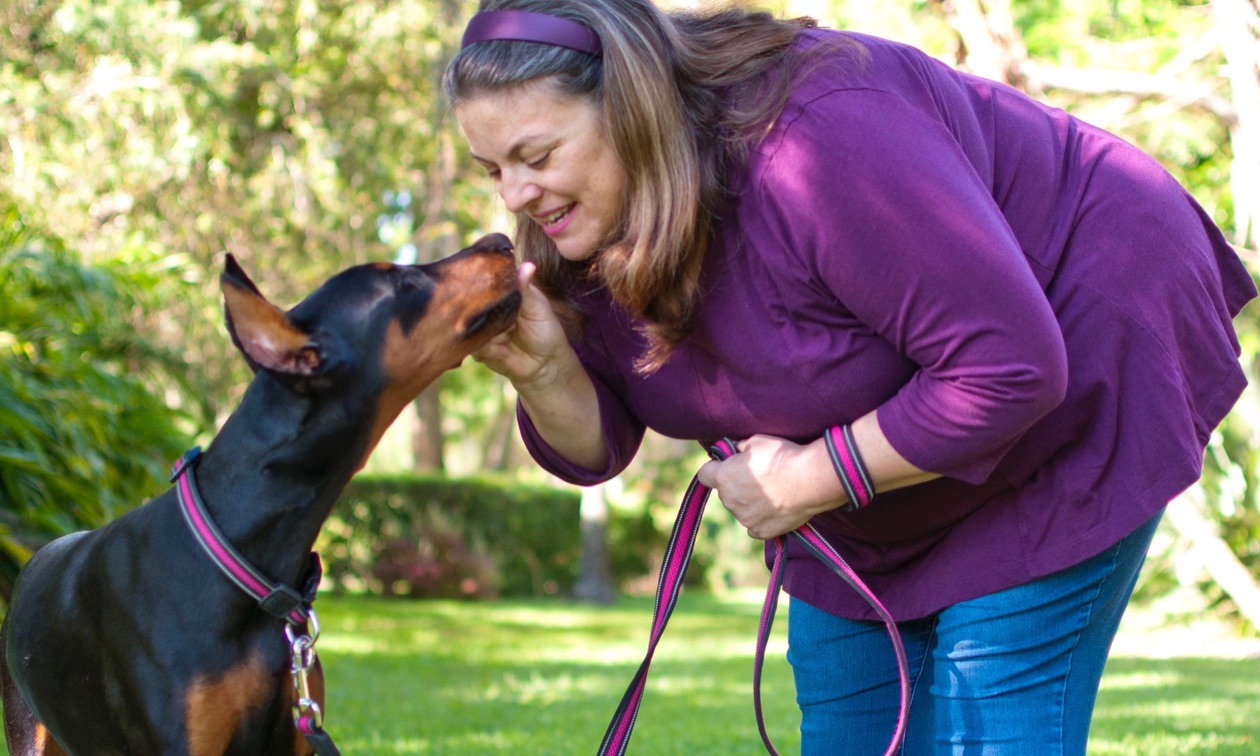No one likes to imagine their pet getting loose or going missing. Unfortunately, approximately 10 million pets are lost each year[1]. Without proper identification or a microchip, the likelihood of reuniting these pets with their families drops dramatically. Microchipping pets is a safe and simple way to ensure you are reconnected with your dog or cat should they ever go missing.
Benefits of Microchipping Pets
A study featured in the Journal of the American Veterinary Medical Association (JAVMA) showed that the chance of a pet being reunited with their families increased when the dog or cat had a microchip. Cats with a microchip were 21 times more likely to be reunited with their owners than cats without a microchip, and dogs with a microchip were 2.4 times more likely to be reunited with their owners than dogs without a microchip[2].
A registered microchip significantly increases the likelihood of finding them
Microchipping your pet brings greater peace of mind that if your cat or dog does go missing, you are more likely to be reunited with them. Even if your pet lives an indoor-only lifestyle, accidents like escaping through open doors, gates, or even windows can happen. While up-to-date ID tags and collars are helpful in finding a lost pet, they can be easily removed or slip off. A registered microchip significantly increases the likelihood of finding them and bringing them home, where they belong.

How Does Microchipping Work?
The microchipping process is simple. A microchip, which is about the size of a grain of rice, with a unique registration number is implanted just under your pet’s skin between their shoulder blades. This is done with a quick injection (a few seconds) and only causes mild, short-lived discomfort. The sensation is similar to a typical vaccine your pet receives at the veterinarian’s office.
Microchipping pets is a quick procedure that can be completed by your veterinarian during a scheduled appointment or their routine wellness visit since anesthesia is not required. However, if your pet is already under anesthesia for an unrelated procedure, such as a spay or neuter, the microchip can be placed at the same time.
If a lost pet is rescued, they can be scanned at a shelter or veterinary hospital to see if they have a microchip implanted. It takes a special kind of scanner that reads the radio frequency from the chip and then displays the pet’s unique ID number. The shelter or veterinary practice will then look up the microchip number in the manufacturer’s database or a pet recovery database to find the associated pet owner contact information (as long as the microchip has been registered).
Registering Your Pet’s Microchip
Microchipping pets is only helpful when it is registered with a pet recovery database. When scanned, a microchip simply provides a number unique to your pet. When that number is registered with a pet recovery database, information such as your phone number, email address, and other contact details are connected to their unique identification number. Some databases even allow you to add essential medical information about your pet.
- Step 1: Find your pet’s unique microchip number. Don’t know it? Check their veterinary or adoption paperwork — it’s often listed there. If it’s not there, or you don’t have the paperwork, call the shelter you got your pet from or the veterinarian that placed the microchip — they should have the microchip number on file. Or you can bring your pet to your vet’s office and have them scanned.
- Step 2: Add their microchip number to the chip manufacturer’s registry. Either go to their website or call them to easily register. (There may be a charge associated with this, but not always.) Don’t know which brand of microchip your pet has? No problem. Just enter their microchip number into the American Animal Hospital Association (AAHA) Universal Pet Microchip Lookup.
- Step 3: Add their chip number to the free microchip registry. There are many free databases you can register your pet’s information with, but not every microchip look-up covers all the different registries out there. Having your pet’s microchip registered on both the chip manufacturer’s registry and the Found Animals microchip registry increases the chances that you will have a happy reunion.

Keep Your Pet’s Microchip Up to Date
Did you recently move or change your phone number? Follow the steps above to update the contact information on your pet’s microchip to ensure animal shelter or veterinary staff are able to contact you to reunite you with your pet should they become lost.
ZPC-00795R2
- American Humane. Every Day is Tag Day. https://americanhumane.org/blog/every-day-is-tag-day-is-your-pet-protected/. Accessed June 15, 2020.
- Lord, Linda K., et al. Characterization of animals with microchips entering animal shelters. JAVMA. July 15, 2009, Vol. 235, No. 2, Pages 160-167. https://doi.org/10.2460/javma.235.2.160.



